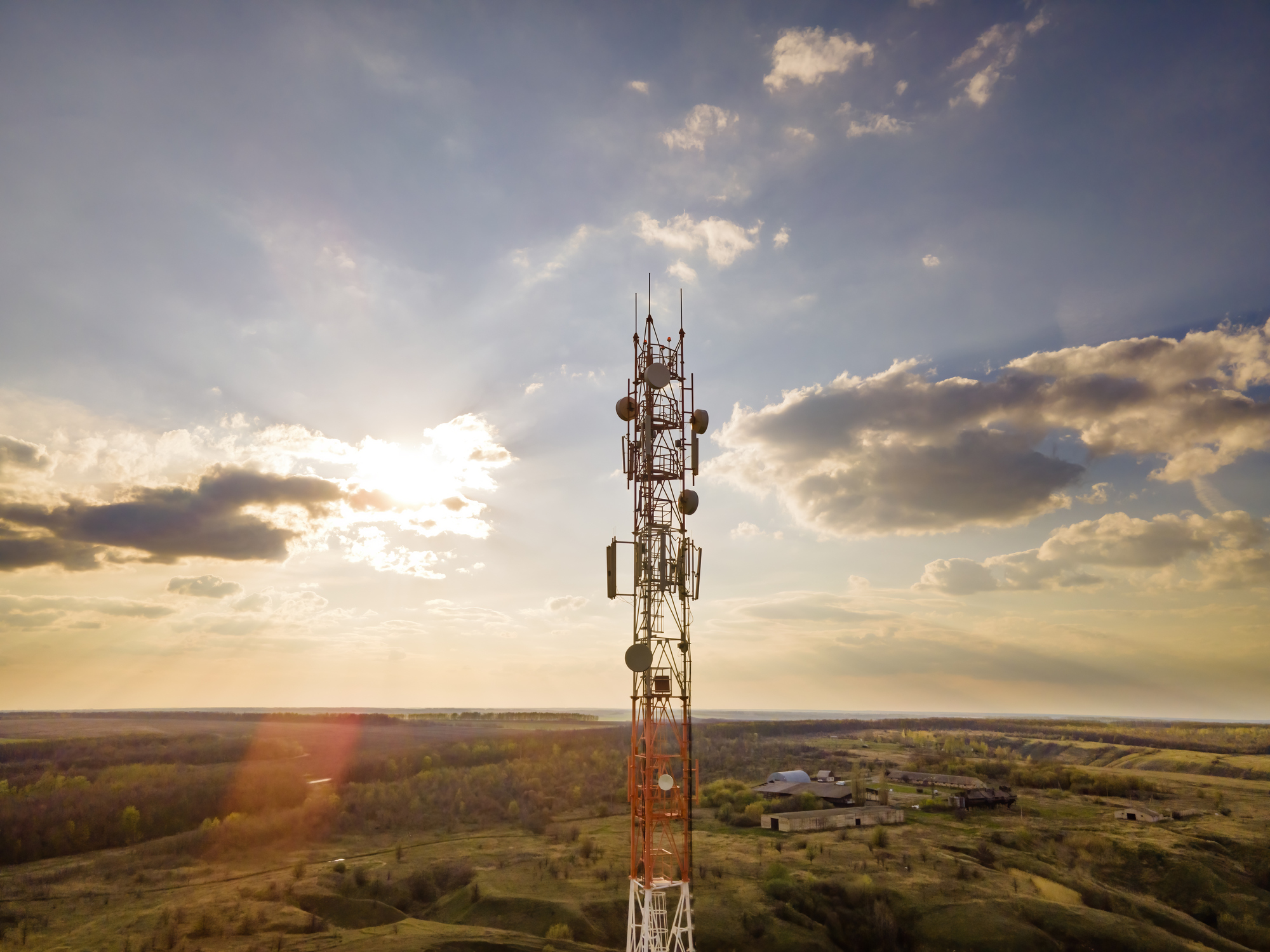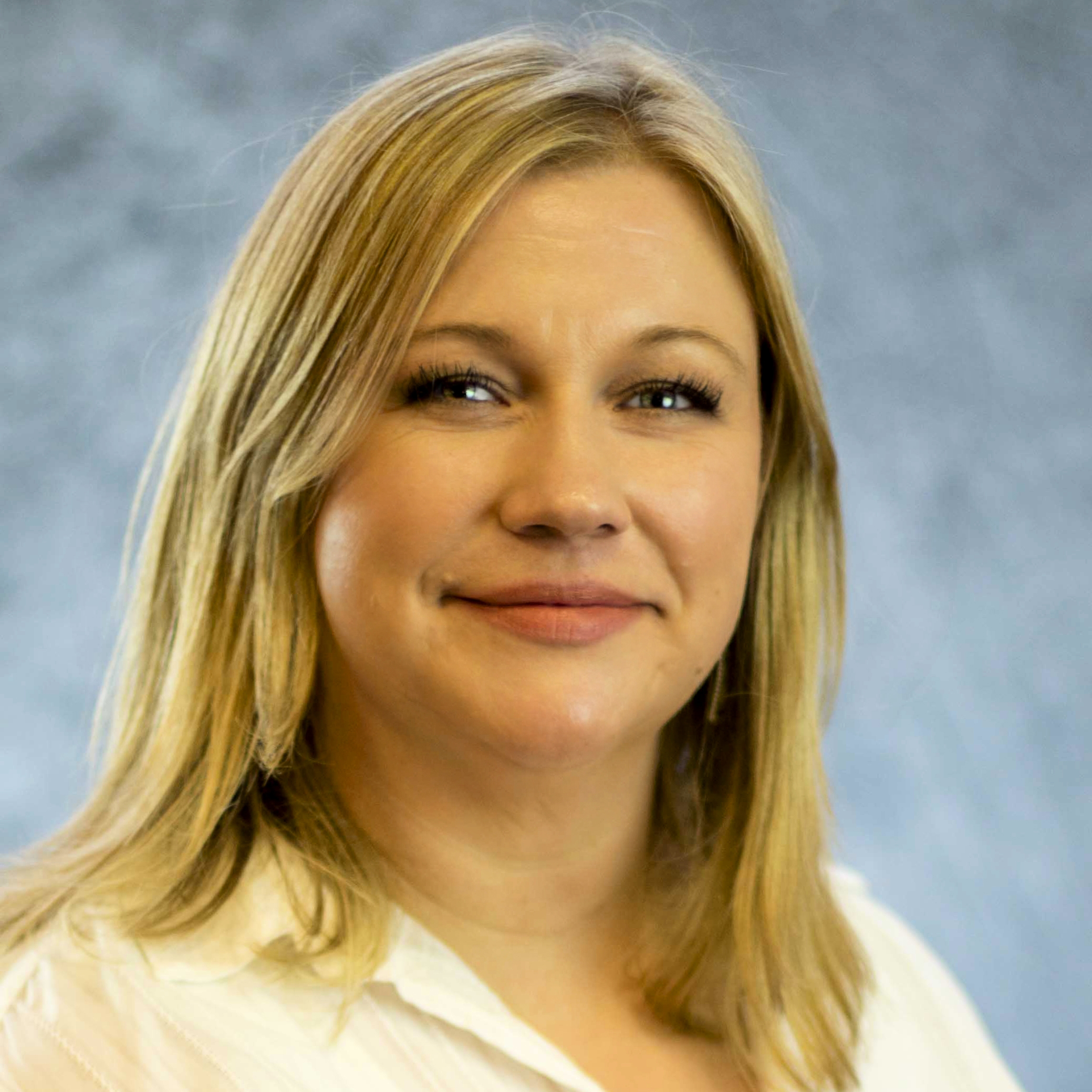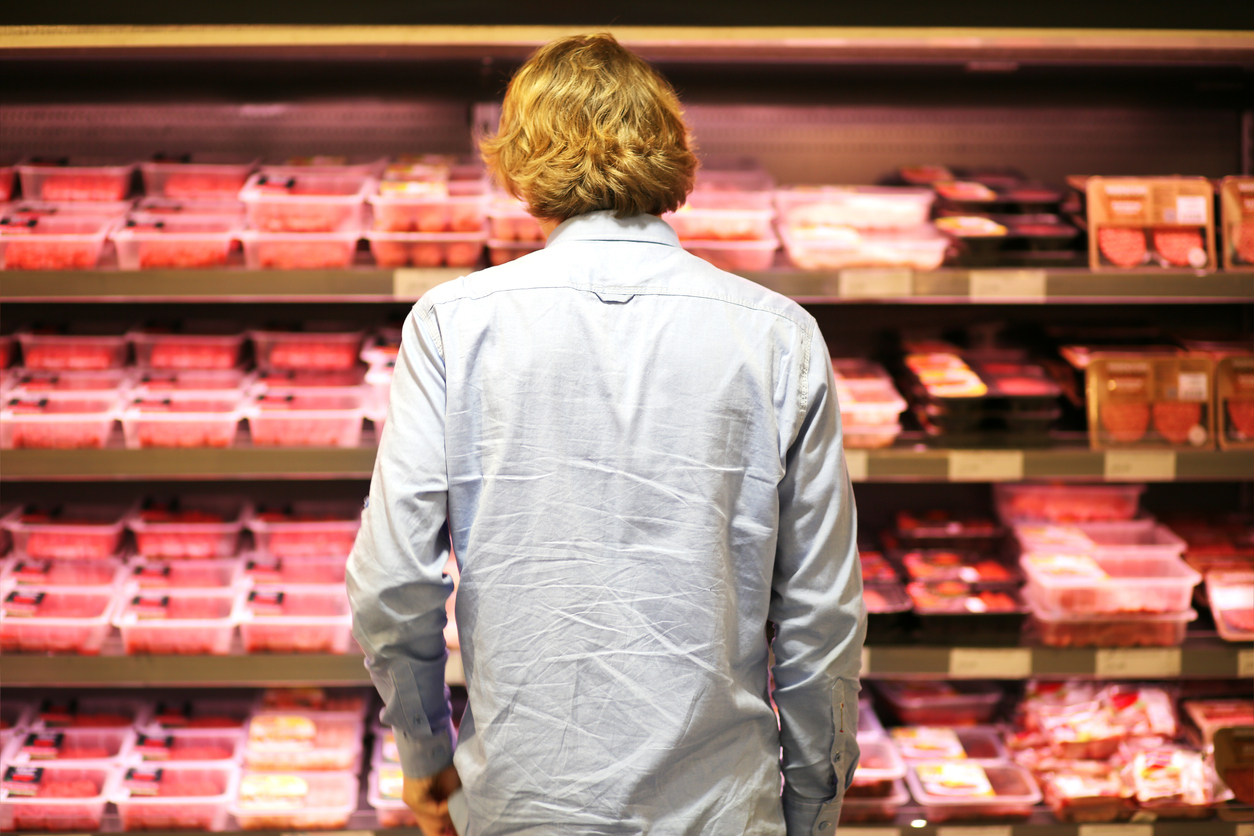Hello, is anyone there? 9-8-8 system leaves rural, ag communities behind

For people considering self-inflicted death, there is an opportunity of 10 minutes or less to intervene and potentially change that course of action.
July 16 marked a milestone in the national mental health discussion with the roll out of the 9-8-8 call system. Previously, anyone in crisis was encouraged to call the National Suicide and Crisis Lifeline at 1-800-273-TALK (8255). In 2020, Congress enacted legislation requiring the shortening of the crisis lifeline to 9-8-8 to make it easier for people to remember.
As part of that legislation, states were required to implement support structures and local response systems. As a member of the Rural & Agricultural Subcommittee formed to help inform the overall crafting of Washington state’s 9-8-8 response system, I have seen the hard work and dedication of many people shift in direction from well-meaning and curious about how to help rural and agricultural families to ineffective when it comes to addressing the needs of those communities.
Rural and agricultural communities have unique needs – as do all insular communities – and require tailored solutions to fit them.
The current 9-8-8 system will route calls – cell or landline – based on the caller’s area code rather than using a ping from a local tower. What does that mean? If a person has relocated from another state but kept their cell number, they will not be routed to a local responder but to a responder in the state where their area code originates. When there is a 10-minute window to help someone in imminent danger of self-harm, every minute counts and routing calls to a state other than where a caller is does not help. Additionally, it creates the potential for lost minutes getting local responders to a physical location.
The current 9-8-8 system has no answers for the truly remote parts of our state where cell phone, internet, and even landline phone services are not reliable means of communication. In fact, when I mentioned that some parts of our state require households to use satellite phones or HAM radios, my statement was met with some skepticism. I was assured access to telehealth would be made available in time. Telehealth is not an answer for someone who is struggling now or who does not have access to regular communications services.
The current 9-8-8 system has no answers for the basic question: “Do you have a farmer or someone with farm experience who can talk with another farmer?” Early in the subcommittee process, I emphasized how critical it would be to connect like-minded people to each other. I cannot speak for other groups in mental health crisis, but I can speak for my experience with farmers and farmers want to talk to other farmers; not people who do not have any experience with agriculture. I am certain the same is true for people of other walks of life.
Agricultural and rural communities continue to be among the most underserved when it comes to mental health and suicide prevention services while also being among the most greatly affected. A 2021 study of suicide risk factors of Midwest farmers noted only three such studies had been done in the United States. Remove “agriculture” from the equation on Google Scholar and, since 2021, more than 17,000 studies have been done in the U.S. The same study of Midwest farmers concluded that more needed to be done to pinpoint why agricultural producers are falling victim to suicide, noting the general motivation was “self-blame” with authors writing, “It is possible that farmers that are high risk for suicide internalize their difficulties (e.g., relationships, financial stress) as a defect in their character and feel as if they cannot effect change.”
The intersection between agriculture and suicide rates in the U.S. should not be a surprise. In 2020, men were almost four times as likely as women to die by suicide with middle-aged white men aged 75 and older making up the largest category. Similarly, the largest population in the agricultural community is white men aged 57 and older. Even more telling, firearms account for 52 percent of all suicides in the U.S. and researchshows 46 percent of people living in rural communities report owning a firearm. Putting the overlap between the two demographics relatively high.
As a farmer, as a researcher, I believe in finding solutions to hard problems. Got a broke-down tractor that needs parts but can’t find any?
Time to make some.
The National Suicide and Crisis Lifeline system already exists, only the phone number has changed, and states have been asked to tailor their responses to their respective community needs. In the case of Washington state, and several other states, it is an agricultural and rural audience that desperately need mental health responses tailor-made for them. The national agricultural community is small and getting smaller every year thanks to attrition, suicide, consolidation, and more.
If Washington state cannot tailor solutions to fix it’s 9-8-8 response for rural and agricultural communities soon, then it will be time for the communities themselves to act. There are countless stories of communities rallying together during harvest to help a family in need. The mental health challenges facing our rural and agricultural communities are the largest call for harvest help our state has ever seen.
It is time for us all to look in our toolboxes and build new parts through partnerships with our agronomists, our neighbors, our commodity groups, and friends. We can’t all be counselors, but we can all learn the signsof stress and mental health decline; we can all check in with the people around us and find ways to be proactive about taking care of ourselves and each other.
If you or someone you know is struggling, call 9-8-8 or 1-800-273-TALK (8255).





